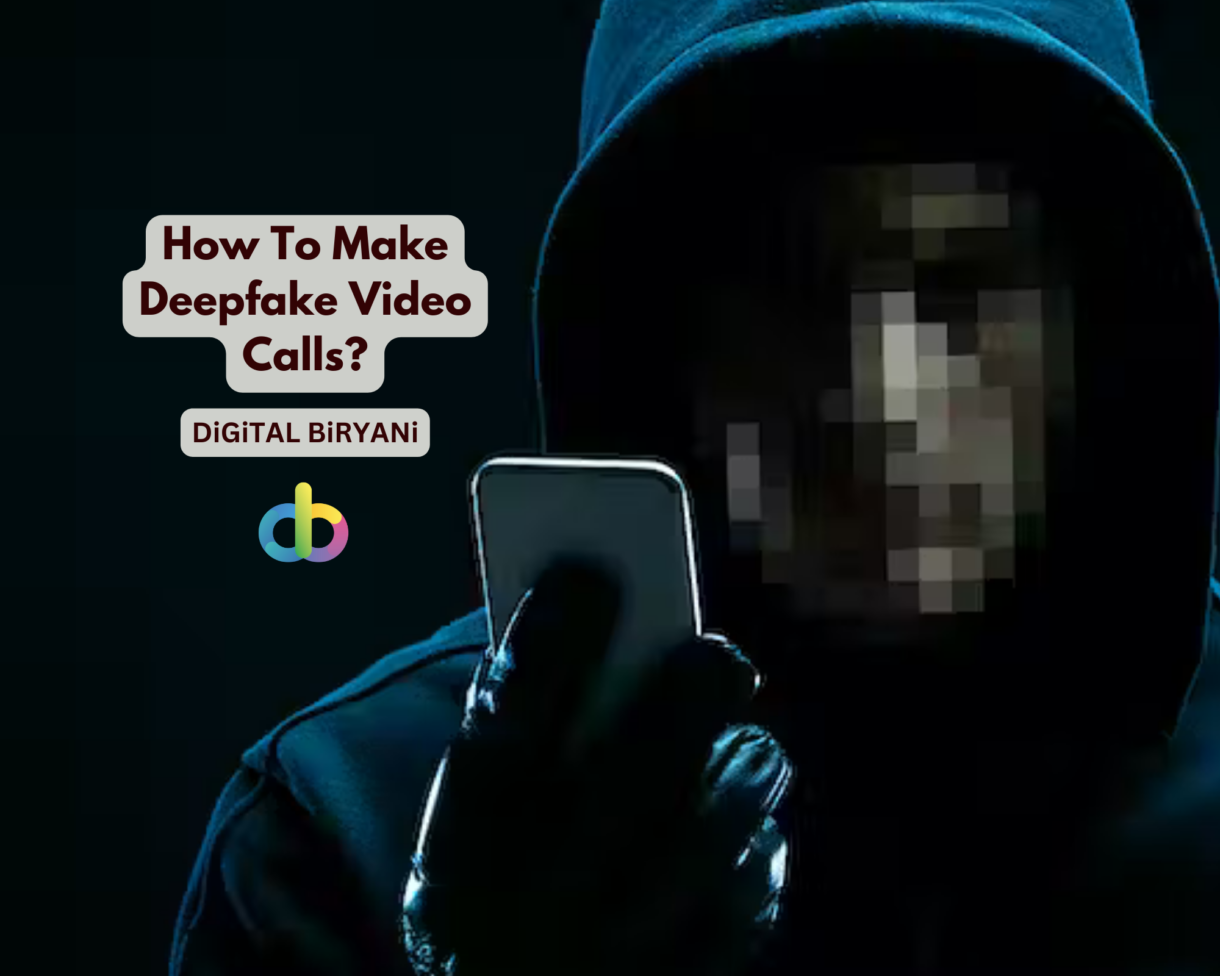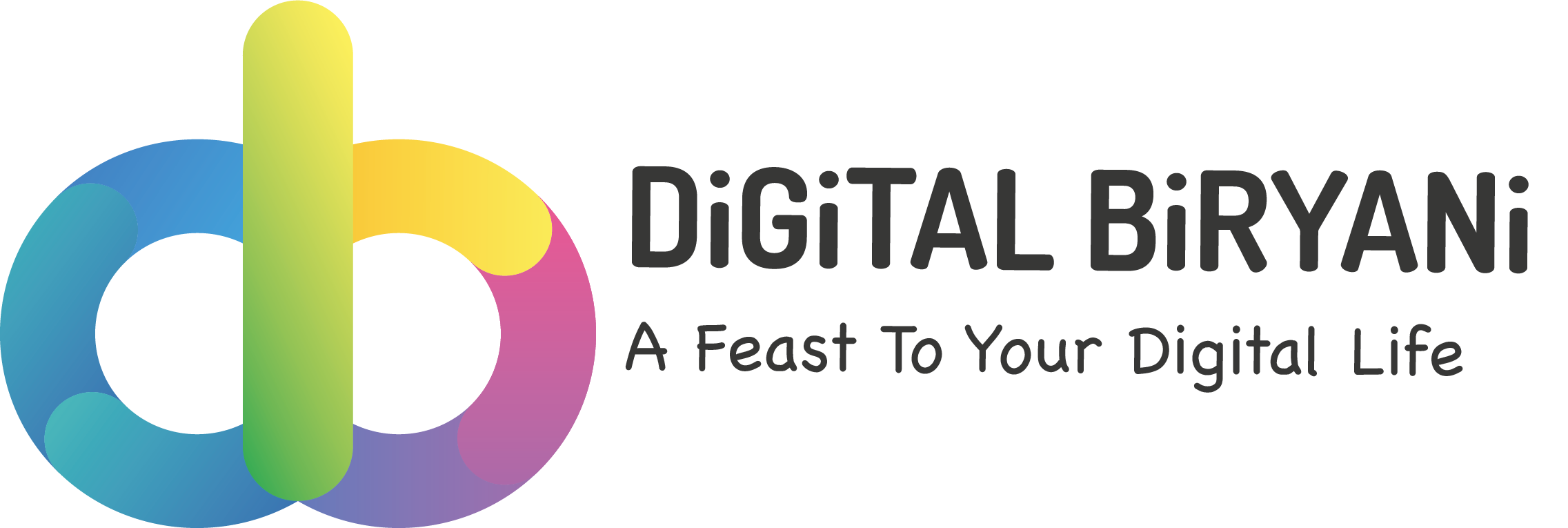Key Takeaways
- Deepfakes can be used to alter your appearance, voice, or surroundings during video calls.
- It is technically possible to make Deepfake Video Calls by leveraging AI algorithms in real time.
- Deepfake Video Calls raise ethical and legal concerns like deception, privacy violations, and misinformation.
- Responsible Deepfake Video Calls use involves obtaining consent, practicing transparency, and using them for creative or educational purposes.

In an age where technology continually blurs the line between reality and fiction, deepfake technology emerges as both fascinating and concerning. Originally developed for entertainment and creative purposes, deepfakes have evolved into a sophisticated tool that raises questions about authenticity and ethics. Among its various applications, one particularly intriguing use is in video calls.
Imagine being able to transform your appearance during a video call, seamlessly swapping faces with someone else or altering your surroundings with just a few clicks. It sounds like something out of a science fiction movie, but with the right tools and knowledge, creating deepfake video calls is within reach for anyone curious enough to explore.
Join us as we unlock the secrets behind this captivating technology and learn how to make deepfake video calls that will leave your friends and family amazed – and perhaps a little uncertain about what’s real and what’s not. It’s time to unleash your creativity and dive into the fascinating realm of deepfakes. Let’s get started!
Can You Use Deepfake For Video Calls?
Yes, deepfake technology can be used to create altered or manipulated video content, including video calls. Deepfake algorithms analyze and manipulate visual and audio data to replace one person’s likeness with another, making it appear as though the second person is speaking and moving in the video. With advancements in technology, advanced Deepfake Video Maker Apps allows real-time manipulation of your appearance or even voice during a video call.
While deepfake video calls are technically possible, they raise significant ethical and legal concerns. Using deepfake technology to impersonate others without their consent can lead to privacy violations, fraud, and reputational harm. Additionally, deepfake video calls may contribute to misinformation and deception if used maliciously.
Let’s see a detailed educational guide to learn how to make deepfake video calls on WhatsApp or other platforms.
Detailed Guide To Make Deepfake Video Calls
In this section, we will cover how to make deepfake video calls without using a computer. We will use a third-party platform to make Deepfake Video Calls.
- The first step is to download the xpression app from the app store. The app is only available on the iOS App Store. It is soon to be expected on the Google Play Store for Android users.
- Once the app is downloaded, please open it and accept all the permissions.
- Then, you will see some pictures of people that you can use for the deep fake video call.
- You can also use photos from your phone as well. Or there are celebrities’ photos also available to use in the Deepfake Video Call.
- Once you have selected a photo, you need to wait for a few seconds for the app to load the photo. Then, you can start making the video call.
There are some factors you need to consider, and the most important among them is that the place where you are using the video call should be bright and your face should be showing.
Ethical and Legal Consideration While Making Deepfake Video Calls
Deepfakes offer intriguing possibilities for video calls, but their potential for harm necessitates careful consideration of ethical and legal implications. Here’s a detailed breakdown of the issues involved when you make Deepfake Video Calls:
Ethical Concerns
- Misrepresentation: Deepfakes inherently involve creating a false depiction of yourself or someone else. This can erode trust and hinder genuine communication, potentially leading to:
- Deception: Using deepfakes to mislead others for personal gain is unethical and harmful.
- Manipulation: Deepfakes can be used to exploit or coerce individuals by leveraging their trust in the fabricated image.
- Harm to individuals: Deepfakes can damage someone’s reputation, career, or personal relationships if used maliciously.
- Privacy Violations: Deepfakes often rely on personal data like images or voice recordings. Using someone else’s likeness without their consent is a significant privacy violation, especially if it causes harm or embarrassment.
- Potential for Abuse: The ease of creating deepfakes raises concerns about their misuse for malicious purposes, such as:
- Scams: Impersonating someone through a deepfake can facilitate financial scams or identity theft.
- Misinformation: Deepfakes can be used to spread false information, impacting public discourse and potentially affecting elections or inciting violence.
- Harassment: Deepfakes can be used to harass or bully individuals by creating and disseminating damaging content.
Legal Considerations
- Copyright Infringement: Using someone else’s image or voice without permission can violate copyright laws, exposing you to legal action.
- Fraud: If you use a deepfake to gain something by deception, like money or goods, it could be considered fraud, carrying legal consequences.
- Defamation: Creating a deepfake that damages someone’s reputation or standing in the community could lead to defamation lawsuits.
- Right to Privacy: Depending on local laws, using deepfakes that violate someone’s privacy could result in legal action.
Responsible Use of Deepfake Video Calls
While the ethical and legal risks are significant, there are potential responsible applications of deepfakes in video calls:
Consent-based Applications: With explicit consent from all involved parties, deepfakes might be used for creative purposes like filmmaking or educational simulations.
Humor and Entertainment: In controlled environments with clear disclaimers to avoid deception, deepfakes might be used for humor or entertainment within closed groups or comedy acts.
Also Read – How To Identify Deepfake Videos – 7 Easy Tricks
Frequently Asked Questions (FAQs)
What exactly is a deepfake video call?
A deepfake video call involves using advanced artificial intelligence (AI) algorithms to manipulate video and audio data in real-time, allowing users to alter their appearance, voice, or surroundings during a video call.
Is it legal to create deepfake video calls?
The legality of creating deepfake video calls varies depending on factors such as jurisdiction, intent, and consent. Using deepfake technology to impersonate others without their consent can lead to legal repercussions, including privacy violations and intellectual property infringement.
How can I ensure ethical use of deepfake technology for video calls?
It’s crucial to obtain consent from all parties involved before creating and sharing deepfake video calls. Additionally, practicing transparency, integrity, and accountability in the creation and dissemination of deepfake content can help mitigate ethical concerns.
What are some legitimate uses of deepfake video calls?
While deepfake technology is often associated with misuse and deception, it also has legitimate applications, such as in filmmaking, entertainment, and research. For example, deepfake video calls could be used for creative projects, virtual performances, or educational demonstrations.
Also Read – Best Free AI Voice Generator Tools
Conclusion
That’s how you can effortlessly make Deepfake Video Calls. But, using deepfakes carries significant responsibilities. Prioritize honesty, transparency, and respect for others’ privacy and identities. If unsure about the ethical or legal implications of using a deepfake, err on the side of caution and avoid it altogether.



